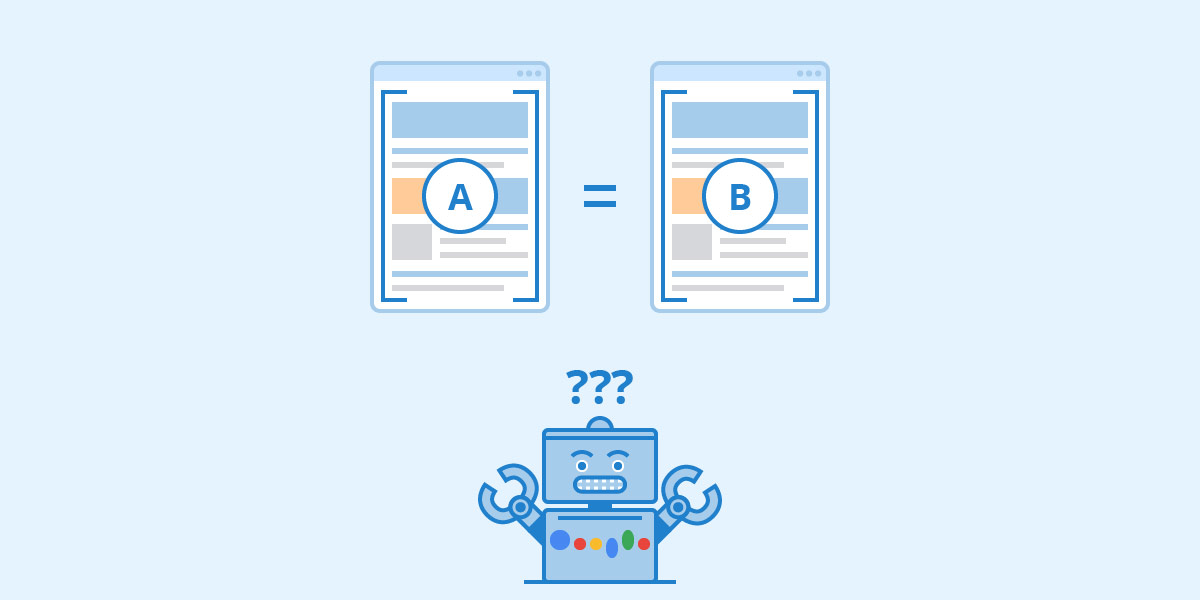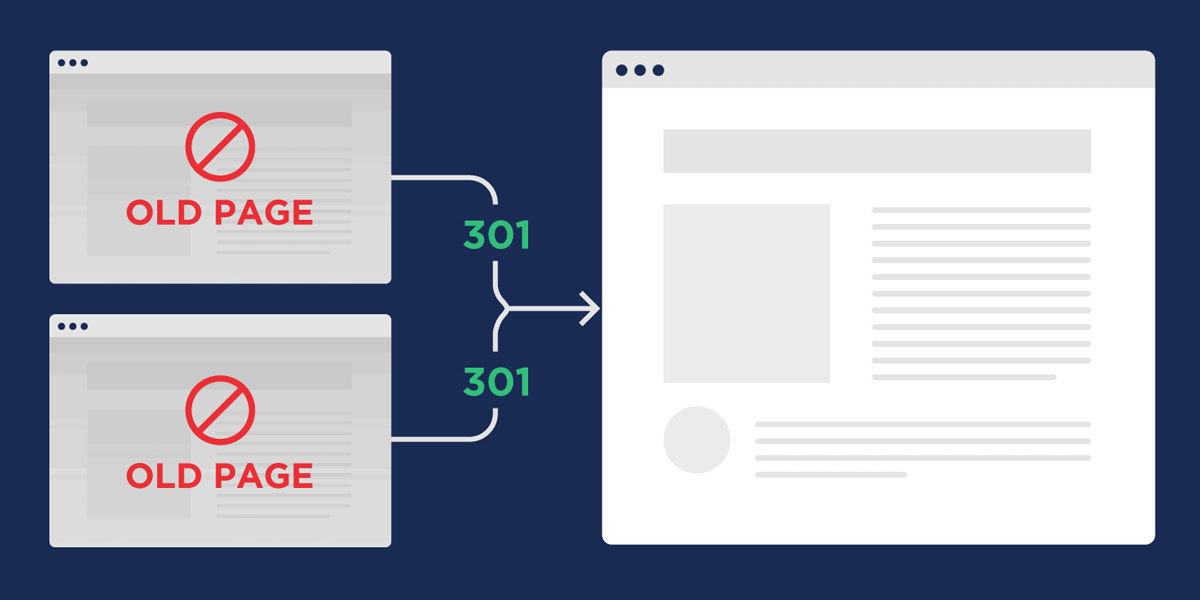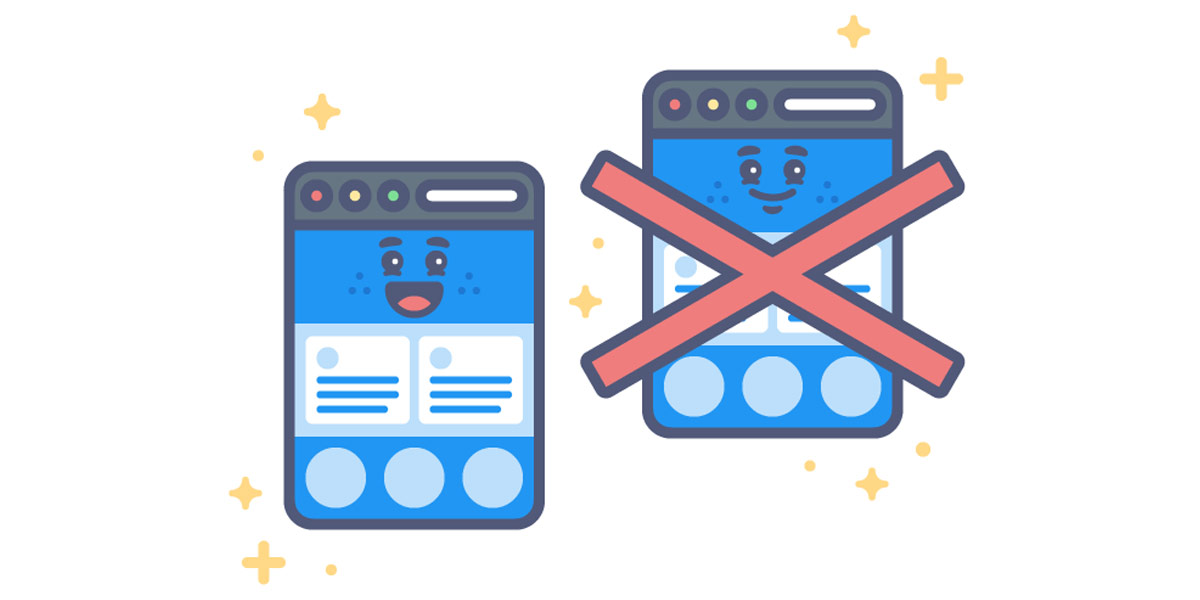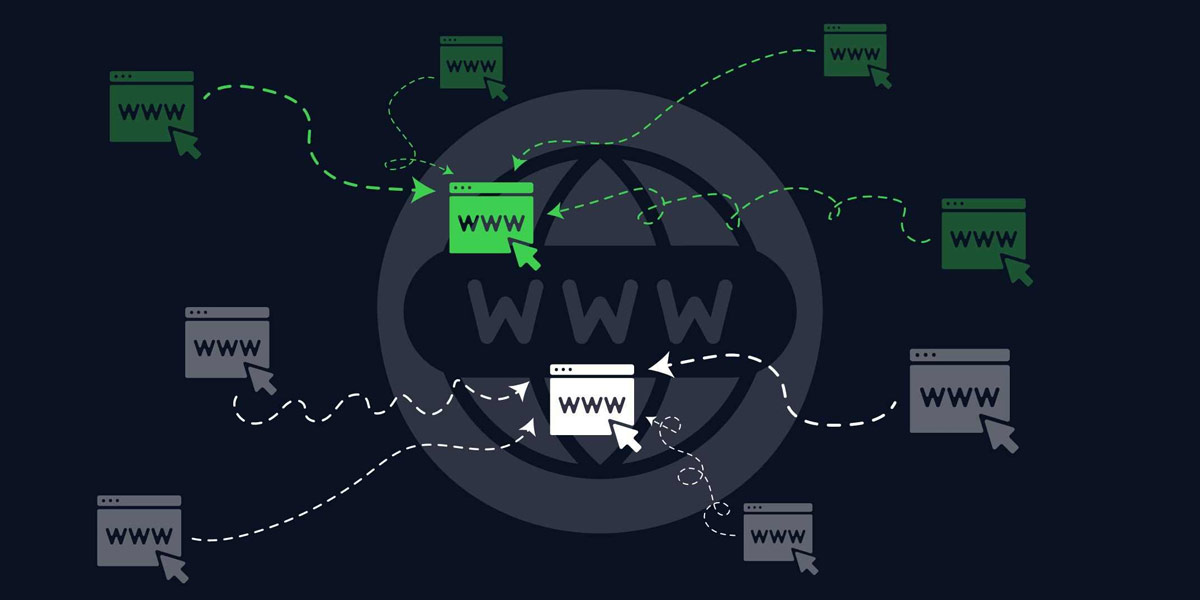Duplicate Content in SEO: Causes, Effects and Solutions

Duplicate content in SEO is one of the most common issues faced by website owners, webmasters, and digital marketers alike. It occurs when a website has content that is identical or very similar to content found on other websites, or within the same website. This can negatively impact a website’s search engine optimization (SEO) efforts, resulting in lower search engine rankings, reduced traffic, and poor user experience. In this article, we will explore the causes of duplicate content, its effects on SEO, and the solutions that can be used to prevent or fix it.
Duplicate Content in SEO: Causes, Effects and Solutions
Duplicate content is a common issue faced by website owners, webmasters, and digital marketers. It can negatively impact a website’s search engine optimization (SEO) efforts, resulting in lower search engine rankings, reduced traffic, and poor user experience. In this article, we will explore the causes of duplicate content, its effects on SEO, and the solutions that can be used to prevent or fix it.

What is Duplicate Content?
Definition of Duplicate Content
Duplicate content refers to content that appears on the internet in more than one location. This can occur when the same content is published on different web pages, or when content is copied from one website and published on another website. Duplicate content can also occur within the same website when similar or identical content is published on different pages.
Types of Duplicate Content
There are two main types of duplicate content:
- Internal Duplicate Content: This occurs when identical or very similar content is found on different pages within the same website.
- External Duplicate Content: This occurs when identical or very similar content is found on different websites.

Causes of Duplicate Content
Content Scraping
Content scraping is a technique used by some websites to copy content from other websites without permission. This can result in duplicate content being published on multiple websites.
Multiple URLs
Multiple URLs can lead to duplicate content issues. For example, if a website has both a www and non-www version, search engines may view these as two separate websites, even though they have the same content.
Printer-friendly Pages
Printer-friendly pages are often used by websites to make it easier for users to print content from the website. However, these pages can also create duplicate content issues, as they often contain the same content as the original web page.
URL Parameters
URL parameters are used by websites to track user behaviour and preferences. However, they can also lead to duplicate content issues, as search engines may view each URL with different parameters as a separate page with duplicate content.
Session IDs
Session IDs are used by websites to track user sessions and personalize content for each user. However, they can also lead to duplicate content issues, as search engines may view each URL with a different session ID as a separate page with duplicate content.
Canonicalization Errors
Canonicalization errors occur when a website has multiple versions of the same page but does not indicate which version is the preferred version. This can lead to search engines indexing multiple versions of the same page, resulting in duplicate content issues.
Website Migration
When a website undergoes a migration or redesign, it is important to ensure that all content is properly redirected to the new URLs. Failure to do so can result in duplicate content issues, as search engines may index both the old and new URLs.

Effects of Duplicate Content in SEO
Duplicate content can harm a website’s SEO efforts, leading to:
Search Engine Penalties
Search engines may penalize websites with duplicate content, resulting in lower search engine rankings and reduced visibility.
Reduced Search Visibility
Duplicate content can also result in reduced search visibility, as search engines may choose to only display one version of the content, rather than both.
Lost Organic Traffic
When a website’s search engine rankings are negatively impacted by duplicate content, it can lead to lost organic traffic, as fewer users will be able to find the website through search engine results.
Lower User Experience
Duplicate content can also lead to a lower user experience, as users may become frustrated if they encounter the same content multiple times while navigating a website.

How to Identify Duplicate Content
Some several tools and techniques can be used to identify duplicate content on a website, including:
Google Search Console
Google Search Console is a free tool provided by Google that can be used to identify duplicate content on a website. The tool provides a list of pages with duplicate content, as well as suggestions for how to fix the issues.
Copyscape
Copyscape is a paid tool that can be used to identify instances of content plagiarism on the internet. The tool searches the internet for instances of identical or very similar content to a given piece of content.
Siteliner
Siteliner is a free tool that can be used to identify duplicate content on a website. The tool provides a detailed report of all pages on a website, including instances of duplicate content.
Screaming Frog
Screaming Frog is a paid tool that can be used to crawl a website and identify instances of duplicate content. The tool provides a detailed report of all pages on a website, including instances of duplicate content.

How to Prevent Duplicate Content
Several techniques can be used to prevent duplicate content issues, including:
Use Canonical Tags
Canonical tags are HTML tags that can be used to indicate the preferred version of a page to search engines. This can help prevent search engines from indexing multiple versions of the same page.
Avoid Content Scraping
To avoid content scraping, website owners can use tools like Copyscape to monitor the internet for instances of content plagiarism. Additionally, website owners can make it more difficult for content scrapers to copy their content by disabling right-click functionality and implementing other security measures.
Use 301 Redirects
When a website undergoes a migration or redesign, it is important to use 301 redirects to redirect all old URLs to the new URLs. This can help prevent duplicate content issues, as search engines will only index the new URLs.
Exclude Duplicate Pages from Indexing
Website owners can use the robots.txt file to exclude duplicate pages from being indexed by search engines. This can help prevent duplicate content issues and improve the overall search engine optimization of the website.
Create Unique Content
Creating unique, high-quality content is one of the most effective ways to prevent duplicate content issues. By creating content that is unique and valuable to users, website owners can improve their search engine rankings and avoid penalties for duplicate content.

How to Fix Duplicate Content
If you have identified instances of duplicate content on your website, it is important to take steps to fix the issue. Here are some techniques that can be used to fix duplicate content:
Consolidate Duplicate Content
If you have multiple pages with similar or identical content, you can consolidate them into a single page. This can be done by merging the content from the duplicate pages into one page and then redirecting the duplicate pages to the new consolidated page.
Rewrite Duplicate Content
Another option is to rewrite the duplicate content, making it unique and valuable to users. By doing this, you can avoid penalties for duplicate content and improve your search engine rankings.
Use 301 Redirects
Using 301 redirects can also help fix duplicate content issues. This involves redirecting duplicate pages to the original page using a permanent redirect (HTTP status code 301). This tells search engines that the duplicate page is no longer needed and should be replaced with the original page.
Use the Rel=Canonical Tag
The rel=canonical tag is a way to tell search engines which page is the original version of the content. By adding a rel=canonical tag to the duplicate pages, you can signal to search engines that the original page is the preferred version, and the duplicate pages should not be indexed.
By using these techniques, you can fix duplicate content issues and improve your search engine optimization. However, it is important to remember that prevention is always better than cure. By taking steps to prevent duplicate content from occurring in the first place, you can save time and effort in the long run.

Conclusion
Duplicate content can be a serious issue for websites, leading to penalties, reduced search visibility, lost organic traffic, and a lower user experience. However, by understanding the causes of duplicate content and taking steps to prevent it, website owners can improve their search engine optimization and provide a better experience for their users.
FAQs
Can duplicate content affect my search engine rankings?
Yes, duplicate content can harm your search engine rankings, leading to penalties and reduced visibility.
How can I identify duplicate content on my website?
Several tools and techniques can be used to identify duplicate content on a website, including Google Search Console, Copyscape, Siteliner, and Screaming Frog.
How can I prevent duplicate content issues on my website?
Several techniques can be used to prevent duplicate content issues, including using canonical tags, avoiding content scraping, using 301 redirects, excluding duplicate pages from indexing, and creating unique content.
What is the difference between duplicate content and content plagiarism?
Duplicate content refers to instances of the same content appearing on multiple pages within the same website or across different websites. Content plagiarism refers to the unauthorized use of someone else’s content without permission or attribution.
Can duplicate content issues be fixed?
Yes, duplicate content issues can be fixed by identifying the instances of duplicate content and taking steps to prevent them from occurring in the future, such as using canonical tags, 301 redirects, and creating unique content.

